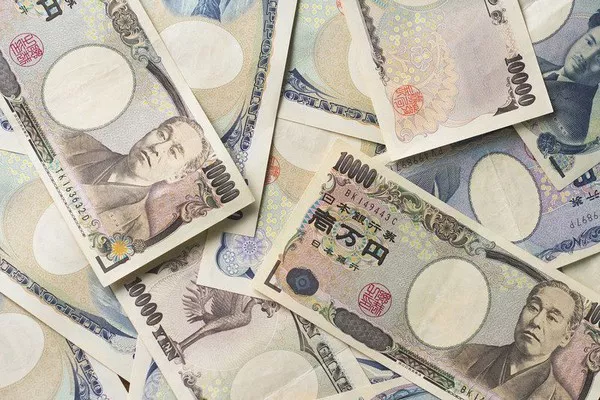USD/JPY in the Asian market refreshed the new high, but there was a lack of follow-up buying.
The dollar held steady near a six-month high and found support amid rising bets on a rate hike by the Federal Reserve.
Intervention concerns and a softening risk tone are conducive to the safe-haven currency Japanese yen, limiting further gains in USD/JPY.
During the Asian session on Thursday, the USD/JPY rose higher and hit its latest high since November 2022, near the 147.80-147.85 area, but there was a lack of follow-up.
The U.S. dollar is trading near the six-month high hit on Wednesday amid positive U.S. macro data, which is seen as a key factor affecting USD/JPY. In fact, the U.S. ISM services PMI for August was better than even the most optimistic expectations, rising to 54.5, the highest level since February. Other components of the indicator showed an increase in new orders and businesses paying higher prices, a sign that the U.S. economy remains viable and inflationary pressures persist. This increases the prospect of the American League raising interest rates in November.
The view that the Federal Reserve will keep interest rates high for longer still supports rising U.S. bond yields and serves as a “tailwind” for the dollar. On the other hand, the Japanese yen continues to underperform relatively following the dovish stance adopted by the Bank of Japan (BoJ), which is expected to maintain its ultra-loose policy regime. That said, traders remain reluctant to launch a new round of bullish bets on USD/JPY due to concerns that Japanese authorities will intervene in foreign exchange markets to support the currency.
It is worth recalling that Japan’s top official in charge of foreign exchange affairs, Makoto Kanda, had warned about the recent yen sell-off and said on Wednesday that Japanese authorities would not rule out taking measures if speculative trends in the currency market continue. This, coupled with general weakness in equity markets, is seen as supporting the yen’s safe-haven status and limiting USD/JPY’s upside. In addition to worries about China’s economic slowdown, the market is also worried that rising borrowing costs will have an adverse impact on the economy, thus reducing the market’s appetite for riskier assets.
While USD/JPY appears to be struggling to consolidate significantly lower against a mixed fundamental backdrop, caution is still warranted before taking a position on further recent appreciation in USD/JPY. This, in turn, suggests that USD/JPY is more likely to continue to be depressed/range-bound. Markets are now looking ahead to weekly U.S. jobless claims data due late in the North American morning session for short-term trading opportunities. Market focus will then turn to Japan’s economic data, including final second-quarter gross domestic product (gross domestic product) data due on Friday.


